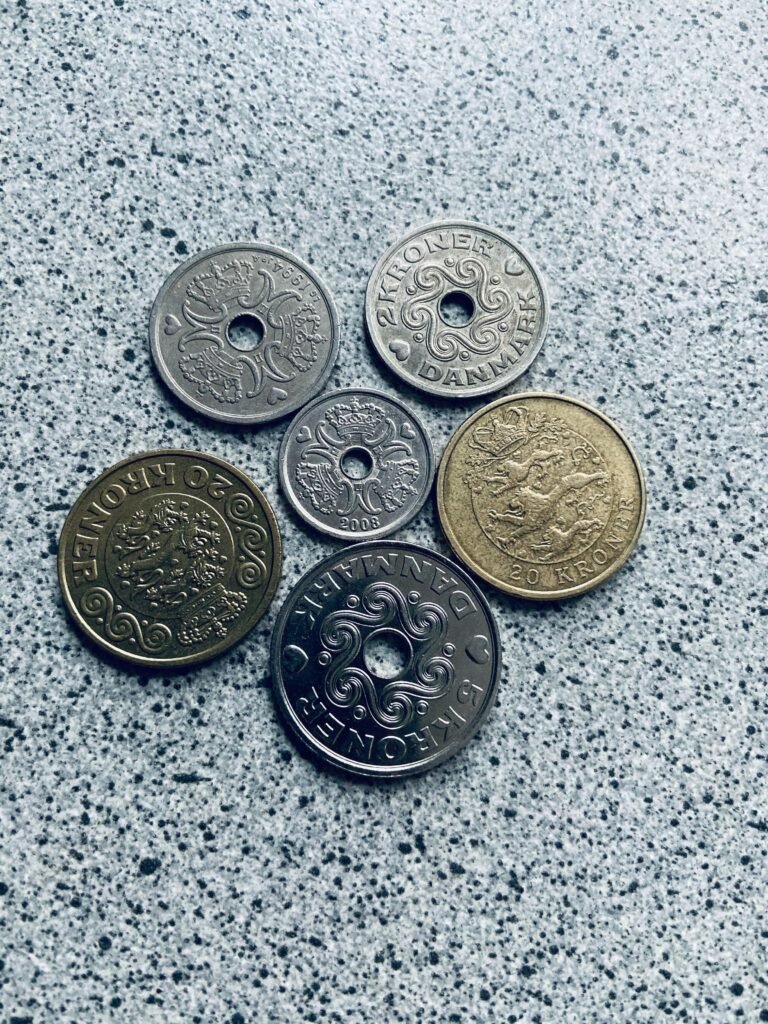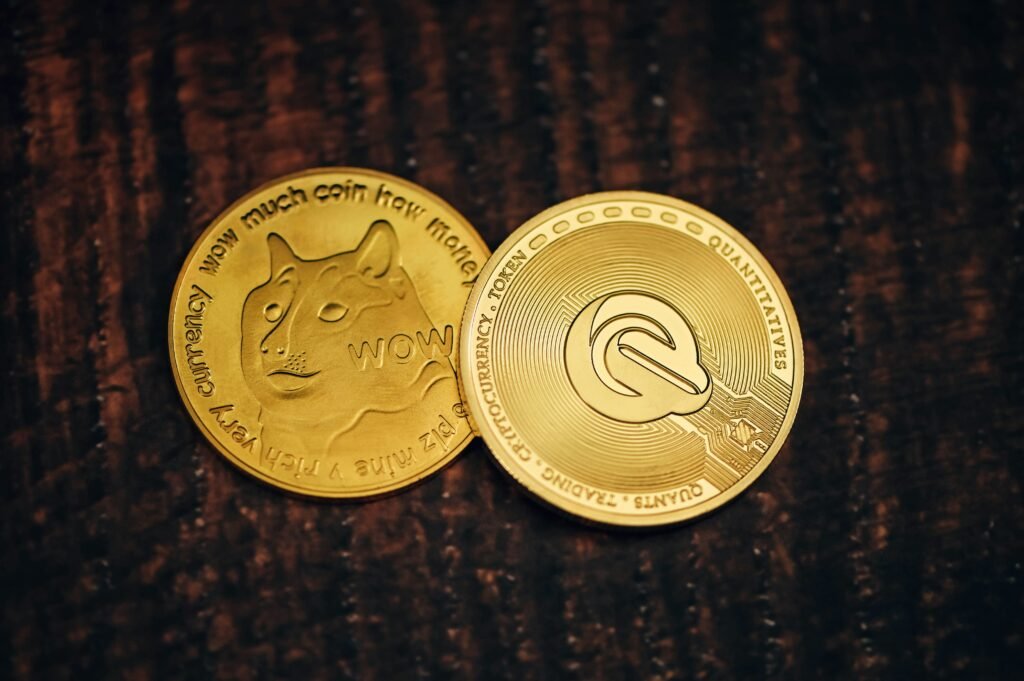The Dogecoin ETF (DOJE) from Rex-Osprey will be the first U.S. fund built to hold an asset described as having “no utility” on purpose. The Dogecoin ETF (DOJE) is filed under the Investment Company Act of 1940, using the 1940 Act framework instead of a commodity trust setup. Regulators and market sources say this structure aims to boost governance and investor protection for retail and institutional buyers. The filing arrives as U.S. SEC decisions pile up, with more than 90 crypto ETF proposals awaiting review. This launch marks a notable moment for Dogecoin and ETF offerings in 2025.
Dogecoin exposure
The Dogecoin ETF (DOJE) gives direct Dogecoin exposure inside a regulated fund wrapper. DOJE holds the token itself rather than acting as a derivatives or grantor trust vehicle. Investors who want meme-coin access may prefer the DOJE structure over unregulated exchanges. Rex-Osprey emphasizes custody, reporting, and oversight to address volatility risks.
Rex-Osprey structure
Rex-Osprey filed the DOJE prospectus under the 1940 Act to meet higher governance standards. The Rex-Osprey approach requires board oversight, diversification rules, and clear custody policies. That contrast with many crypto ETFs and commodity trusts that use other legal frameworks. The naming of DOJE reflects both the asset—Dogecoin—and the ticker investors will watch.
1940 Act framework
Choosing the Investment Company Act of 1940 signals a focus on investor protection. The 1940 Act demands regular disclosures and fiduciary duties for fund managers. That regulatory framework aims to reduce operational risk for retail investors in crypto markets. DOJE’s governance may serve as a template if regulators favor similar structures.
No utility, deliberate
Dogecoin’s lack of traditional utility is part of its identity, and the Dogecoin ETF (DOJE) embraces that fact. The prospectus calls the token’s social and speculative appeal a driver of demand. By acknowledging “no utility” up front, the fund frames risk rather than obscuring it. That transparency could resonate with traders who value clear disclosure.
U.S. SEC decisions
DOJE joins a crowded calendar of filings that includes Solana ETF and XRP ETF proposals. Market watchers, including Bloomberg analysts, say U.S. SEC decisions will shape whether more meme or altcoin ETFs follow. A green light for the Dogecoin ETF (DOJE) could accelerate similar products.
Governance and investor protection
The Dogecoin ETF (DOJE) aims to balance meme-driven demand with governance and investor protection. Custody rules, board oversight, and reporting requirements are central to this goal. If accepted, DOJE could broaden access while highlighting regulatory trade-offs.
Frequently asked questions about Dogecoin ETF (DOJE) (FAQ)
Q: What does the Dogecoin ETF (DOJE) hold?
A: The Dogecoin ETF (DOJE) holds Dogecoin directly, inside a 1940 Act fund structure managed by Rex-Osprey.
Q: Why use the Investment Company Act of 1940?
A: The 1940 Act adds governance, disclosure, and investor protection measures not always required for other crypto funds.
Q: Could Solana ETF or XRP ETF approvals affect DOJE?
A: Yes. U.S. SEC decisions on Solana ETF and XRP ETF filings can influence timing and precedent for the Dogecoin ETF (DOJE).
Q: Is Dogecoin useful as a technology?
A: Dogecoin is broadly viewed as having “no utility” by design, which the Dogecoin ETF (DOJE) discloses and prices into risk assumptions.



